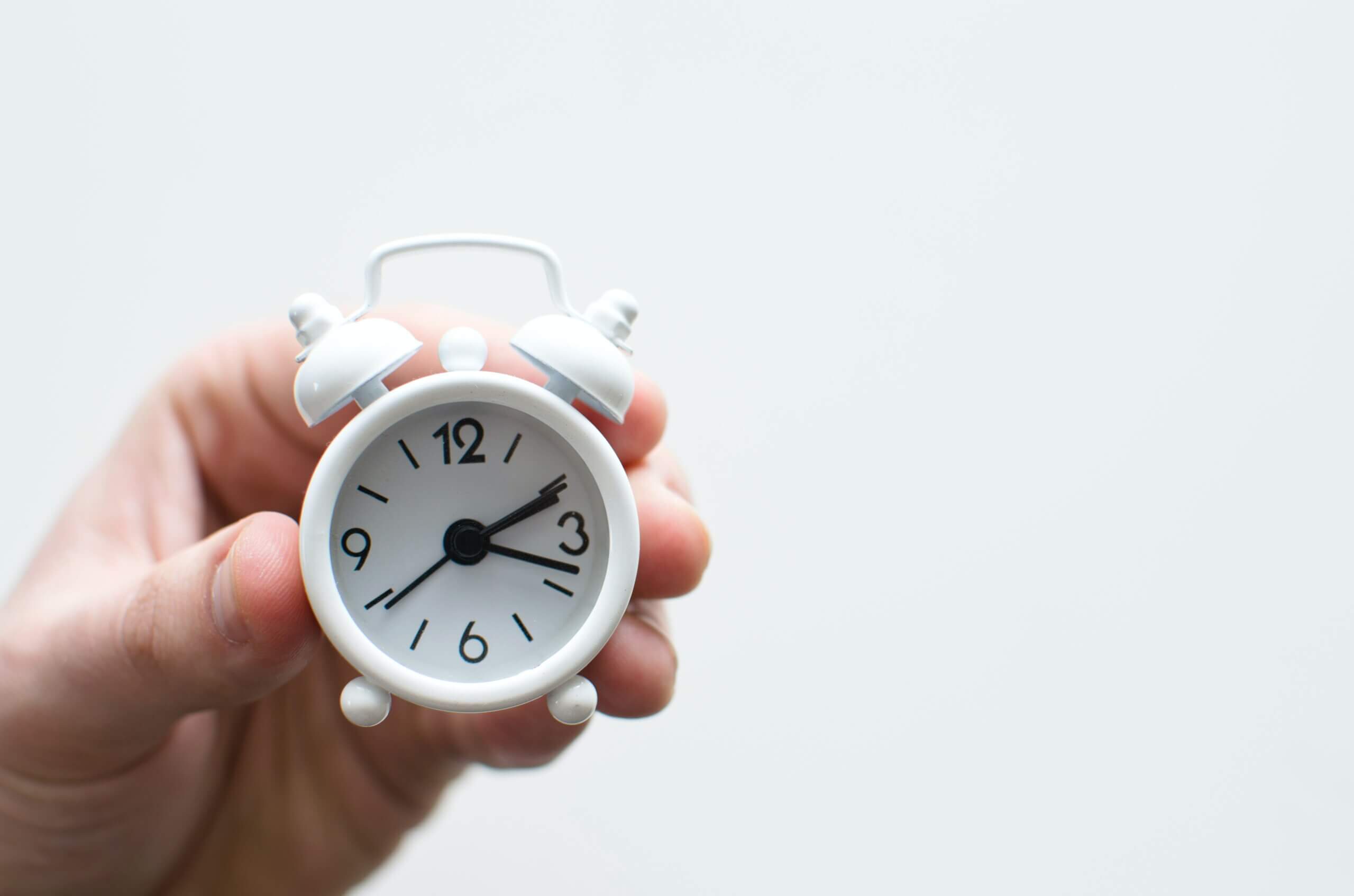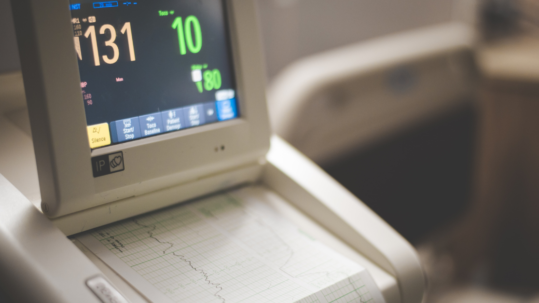
20 Jan The Alarm Theory – Explaining POTS
There is a distinct sense of comfort that comes from explaining a person’s experience. We, as people, tell stories, create documentaries, write poems, and sing songs about our unique experiences as human beings to invite people to be one inch closer to understanding us.
We are driven to be understood.
And as I have lived through the highs and lows of POTS, I couldn’t help but ponder exactly how I would help an able-bodied person understand what it’s actually like to live with my symptoms. After all, it’s an invisible illness. I’m not in pain and I seem to be “with it”, so what’s the deal? The impact isn’t obvious, and most people, including family and close friends, end up settling for a middle ground of knowing I’m not well, but not really knowing what’s actually wrong. And for every successful conversation about the ways my body doesn’t do it’s job, there is an equal number of blank stares and empty nods. I totally get it. For a person who has never had to consciously think about squeezing their own blood back to the upper half of their body, it can seem incredibly ambiguous.
Lucky for me, I have a lot of time to think. Most of my thinking is done while laying on the floor with my feet up on the wall as I coax the blood back into my brain. Over the course of many, “I WISH PEOPLE COULD UNDERSTAND JUST HOW MUCH THIS SUCKS,” moments, I realized that A) I was being a bit dramatic, and B) the alarms on my phone held the potential to help others understand. And thus, The Alarm Theory was born.
The Theory
Imagine your life as it is, but now you have POTS. You are informed that there is a series of alarms that are programmed to go off on your phone throughout the day (assuming you are upright). Each alarm will inform you that you must immediately lay down (which represents sudden onset of falling blood pressure or uncontrolled tachycardia [fast heart rate] thanks to your body’s lack of anti-gravity powers). Some alarms will require only 2 minutes of being horizontal, but others range from 20 minutes to 2 hours. Each day, you wake up not knowing how many alarms will go off that day. Maybe only one will go off, but maybe you’ll get one every 30 minutes. You can also trigger an alarm yourself, by crouching and then standing up too fast, attempting a sit-up, or standing still in the same spot for more than *exactly* 90 seconds.
Along with the alarm there is a snooze button. It’s called grit, and if you’re in the middle of something important (like taking a shower, driving to work, walking through the parking lot, going out to eat, etc) you are welcome to hit “snooze.” After all, it’s not like you can put your feet up with a cart half-full of groceries or while you wait for your gas to pump. But there’s a catch: every time you hit snooze, it triples the length of time that the alarm requires you to lay down. Suddenly, that snoozed 10-minute alarm on your drive home becomes 30 minutes of being on the floor wishing you could put away your groceries and start dinner for the people coming over in an hour. And while there’s no specific maximum number of snoozes, if you push the limits too far you may end up with a “force-quit” (you know…passing out).
You also occasionally get notifications that precede the alarm of more substantial length. These notifications give a little hint (starting to feel crummy and realizing you’re losing steam) letting you know that you will get an alarm in 15 minutes, which gives you just enough time to bail on the plans you had with friends and find a good book to read while you’re doing your time.
If you happen to “snooze” your way all the way to bedtime, you may think you have beaten the system, since you assume 8 hours of laying flat would settle the accounts.
You would be wrong.
Instead, the horizontal debt that you owe is collected first thing in the morning. You’ll notice a remarkable inability to muster the blood pressure necessary to even get propped up on an elbow until each minute is accounted for.
So can you go to work, cook food, clean the house, run errands, and do the things? Well, yes. Again, you’re not in pain. You have the motivation. But are you willing to risk getting an alarm while you do your planned tasks? Maybe for a few days, but what about after a few months? Or a few years?
Looking Ahead
Each person’s symptoms are different, and let’s be real, each day is different. While the alarm theory shares a glimpse into my current life of trying to learn my limits, I know it doesn’t capture everyone’s experience with POTS, and even for me, I know it will change. After all, pulse and blood pressure are only a part of the variety of symptoms I deal with (learn more here). But I look forward to next year when I can look back and see all the ways life will be different. Does wearing medical-grade compression garments reduce the number of alarms by half? If I drink water and take salt tablets, will it reduce the number of minutes that each alarm demands? Maybe someday I’ll know how to respond to notifications in a way that keeps them from turning into alarms.
As I navigate the bombardment of alarms while attempting to live independently, make an income, and engage in my community, it is my joy to share my experience. I hope it informs the curious ones, encourages fellow strugglers, and serves as a tangible example of an intangible diagnosis.
-
Making a Full Physical Recovery – A Day-by-Day Miracle
“You should exercise more.” A brutal statement. One I had tried to fulfill on my own, and time and time again, had failed. It was a frustrating piece of advice from my doctor, and felt so out of reach as I navigated my bouquet of chronic illnesses....
27 June, 2024 POTS No comment 0 Likes -
Awesome Recovery News!! And Why I No Longer Plan To Write About My Symptoms
I am so excited to report that after graduating from the 3-week Pain/Symptom Rehabilitation Center at Mayo Clinic in Rochester and continuing the program at home, I am nearly 100% recovered!...
05 March, 2024 POTS 3 Comments 2 Likes -
What is the Valsalva Maneuver like?
The Valsalva maneuver is EASILY the most fascinating thing I’ve gotten to do in this entire medical adventure. On the surface, it’s a fairly quick and easy part of autonomic testing, but underneath, it’s one of the coolest and most complicated mechanisms of the human body that I’ve encountered. ...
17 January, 2024 POTS 3 Comments 0 Likes






Pingback:What If I'm Faking It - Living With an Invisible Disability - Kaley Faith
Posted at 20:22h, 17 May[…] I know that despite feeling ok now, the well-worn pattern dictates that I’ll likely get an alarm (or in other words, have a sudden onset of symptoms) at any moment. I know that pushing my limits […]
Pingback:Developing POTS - What Is It and What Is It Like? - Kaley Faith
Posted at 17:45h, 09 June[…] and every day is a dance of navigating my limits. Whether it’s new symptoms, new patterns, or new perspectives, each day continues to shape the way I manage my body. It has been an incredibly eye-opening season […]